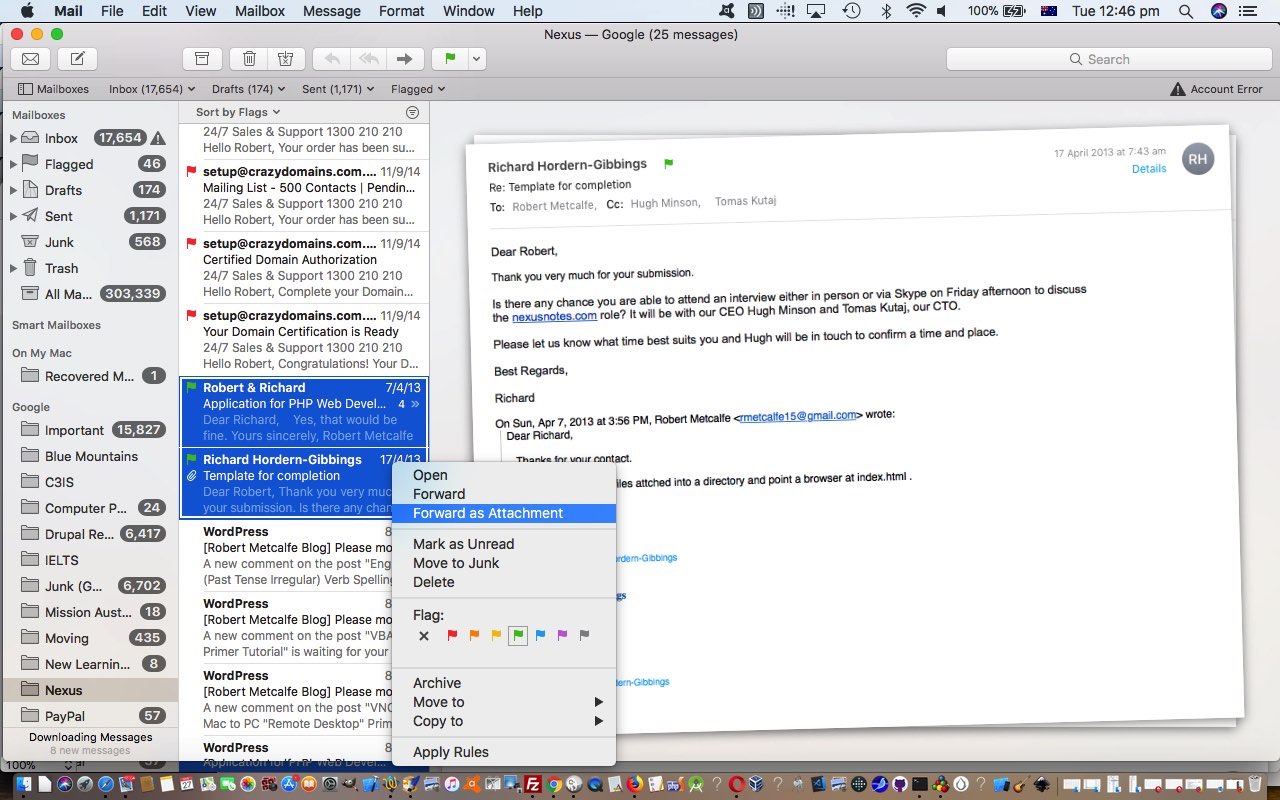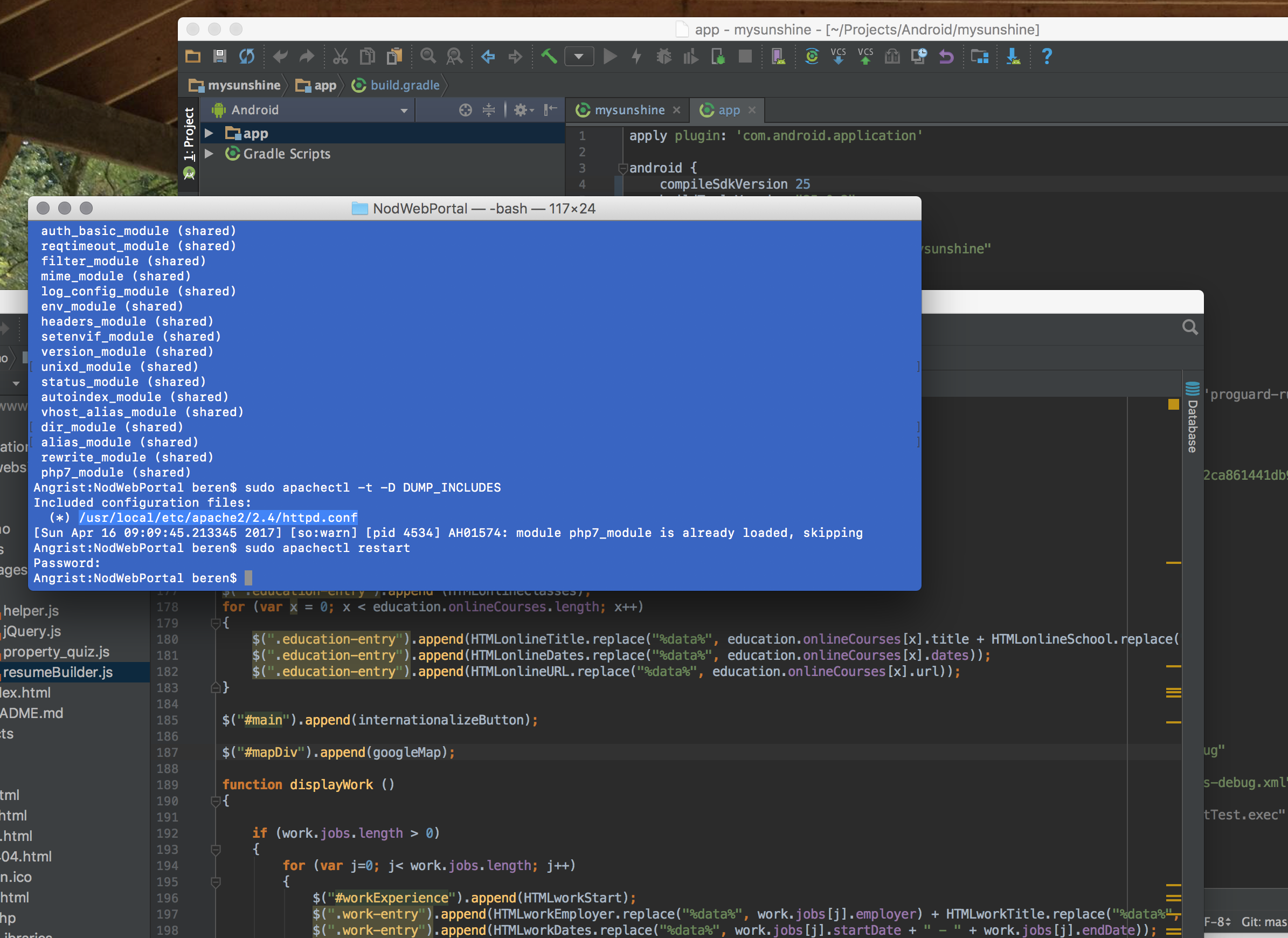Installing Drupal on Mac OS X 10.5 Leopard Submitted by John on Wed, 2007-11-07 16:00 I thought I'd write up the steps I took to get Drupal running on a stock Leopard installation. Acquia Drupal is a free and open source Drupal social publishing system that provides a set of essential software. Moreover, Acquia Drupal is designed to offer a starting base for building Drupal. Download Drupal 7.19 for Mac from our software library for free. This Mac download was checked by our antivirus and was rated as safe. This free Mac app is a product of Dries Buytaert. The most popular version of the program is 7.1. The application's installer is commonly called drupal-7.19.tar.gz.
- Definition of Startup: What isn't a startup? : What is a startup? We're in the middle of a tech boom and it's become fashionable to either work for a startup or to be a startup. But what is a startup? How do you know that company offering you a...
- My Startup Experiences : I've been involved in start ups for over a decade now. During that time I've worked for companies in varying stage of development. Not all of them were startups. But how can you tell if it is or not...
- Code Retreat 2012 - Ho Chi Minh City : $(document).ready(function(){$('.geshifilter').hover(function(){console.log(this);console.log($(this));$(this).css('position', 'relative').css('width', '800px').css('z-index', 1000);}, function...
- Internet Censorship in Southeast Asian Countries (Myanmar, China, Malaysia, Thailand, Cambodia, Vietnam) : Vietnam has been labeled an 'enemy of the Internet' by Reporters Without Borders. There have been a lot of cases of bloggers being targeted, harrassed, and arrested. But RSF (Reporters Sans...
- Using 3G Internet in Cambodia : On my most recent trip to Cambodia I bought a Cambodian SIM card so that I could both make calls and use the Internet on my smartphone. At the Moc Bai/Bavet border are a number of Khmer people (who...
- MailChimp vs poMMo, Mailman, Phplist - Self-Host or Outsource Your Mailing List? : Use your own mail server or outsource it?Let's say you have a rather large mailing list of a few thousand email addresses and, well, sending it out with GMail is no longer cutting it. What are your...
- Internet in Vietnam - Good, Bad, Ugly : If you ask Vietnamese officials, you'll hear such hyperbole as 'the Internet service development in Vietnam is in no way inferior to developed countries in the world' (Mai Liem Truc, former Deputy...
- poMMo proBLEMs : poMMo is free open source mailing list management software. It's written in PHP and pretty basic but does give a decent management interface. However, it's no longer maintained. There is a GitHub...
- Preventing Repetitive Stress Injuries for Programmers and Writers : My situationI'm a career programmer who has suffered from pain in my hands and arms for several years. Like carpal tunnel syndrome, this pain is from damage to tissue (including tendons) caused by...
- Calling the US for free from foreign countries : Calling US numbers from the US is pretty trivial and nearly free. But calling from another country means either:- paying for long distance from your telephone company- using a phone card to call...
Fastest Way to install the latest Drupal 7 version on Mac OS X Mavericks 10.9 or 10.8
Drupal is a quality CMS application and is as simple or complex as your needs vary, it runs on the same foundations that Mac OS X Mavericks or Mountain Lion, Lion or Snow Leopard provides similar to a Linux environment.
This tutorial assumes a certain degree of comfort in the command line application (in the Utilities folder) Terminal for installing Drupal 7 on Mac OS X Lion or Snow Leopard but if the instructions below are followed correctly it will get the job done easily. If you would rather have a point and click install – follow the Drupal OSX guide here.
Before proceeding Drupal needs a couple of things to get going and those things are what is called an AMP stack – Apache, MySQL and PHP. Apache and PHP already come bundled in OS X and just need to be enabled but MySQL needs to be downloaded and configured, luckily a point and click installer is provided.
Optionally and preferably also install phpmyadmin to manage the database from a browser. To get the AMP stack working correctly on OS X follow this guide on Apache/MySQL/PHP and for phpMyAdmin if required. Once these components are in place you are OK to proceed. Or you may already have an AMP stack by using MAMP or XAMPP.

OS X has 2 web document roots ‘/Library/WebServer/Documents’ and ‘/Users/username/Sites/’ also known as ‘~/Sites’ this guide uses ‘~/Sites’. This tutorial assumes that the shared drupal directory will be called “drupal“. The mysql database will be called drupal and the mysql user is root.
Drupal Download and Configure
Make a sharing directory and move into it:
get the latest drupal, swap 7.x for incremental updates[
expand it
move all files into shared directory one level up
move hidden files one level up
remove compressed archive and empty directory

create a settings file
fix permissions on the default directory and settings file
Create the Drupal Database
create a new database (no space between -p and password – as an alternative this can be done in phpmyadmin
or in phpMyAdmin
Finish the Drupal Install
Open – http://localhost/~username/drupal/
All done! faster than you can say “bitnami” If this is your first time installing Drupal, go with the Standard option
Wordpress For Mac Os X
Then when you get to the Database configuration put in the details you used to set up MySQL in this case the db was “drupal” and the db user was “root”. In the advanced options you can tweak the db prefix, port and host, the default “localhost” should be fine for this purpose.
Next steps are to create a master admin account and a few generic system settings and you are done.
Post Installation Tips
As a foot note, to sort out clean URLs, the .htaccess needs a tweak as the install is in a subdirectory, the “RewriteBase” needs to be explicitly set:
And also for smoother compatibilities for Drupal upgrades and module/theme add on installs change the local ownership to _www on your drupal web shared directory

Upgrading Drupal
Drupal Mac Os
To upgrade an incremental version of Drupal – say from 7.12 to 7.26, you download the new core base files and replace the current files in the web root apart from the Sites directory, and if customized, also the .htaccess file.

After replacing the files run a database update: http://mydomain.com/update.php or from within Drupal Admin > Reports > Available Updates > Update to patch any software.
Php For Mac Os
Thats it Drupal should be up and running!